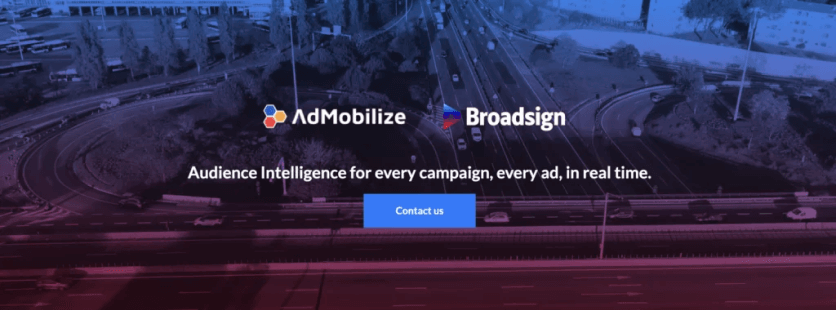Welcome, media owners, screen owners, and retailers, to the Admobilize Newsletter! Dive into the exciting world of Digital Out-of-Home, Computer Vision and Retail Media with us. See the Footfall Counter Features.
Explore the July highlights from Admobilize and stay up to date!

5 Reasons Why Edge-Base Computer Vision Provides Anonymous People Traffic Measurement
In today’s privacy-conscious world, ensuring the anonymity of customer data is paramount. By employing computer vision running entirely at the edge, retailers can measure people traffic accurately. Without collecting personal data or targeting individuals.
Here are five compelling reasons why edge-based computer vision is the ideal solution:
- Non-Intrusive Data Collection: Edge-based computer vision technology operates solely on video feeds. Ensuring that no personal data is collected or stored. By analyzing the overall flow and patterns of people movement… retailers can gain valuable insights without compromising customer privacy.
- Anonymized Footfall Analysis: With edge-based computer vision, the focus is on aggregated data rather than individual identification. This approach allows retailers to understand footfall trends. As visitor density and dwell times without capturing any personal information. And by maintaining anonymity, customer trust is preserved.
- GDPR and Privacy Compliance: Edge-based computer vision aligns seamlessly with privacy regulations such as the General Data Protection Regulation (GDPR). By eliminating the need to capture personal data, retailers can confidently comply with privacy laws while still gaining valuable insights into people traffic.
- Real-Time Analytics at the Edge: By processing data locally at the edge. Computer vision systems can deliver real-time analytics without the need to transmit sensitive information to external servers. This not only ensures data privacy, but also reduces network bandwidth requirements and improves response times.
- Customer-Centric Experience: By focusing on anonymous people traffic measurement. Retailers can prioritize delivering exceptional customer experiences. With the knowledge gained from edge-based computer vision, businesses can optimize store layouts, staffing levels, and product placement; ultimately enhancing the overall customer journey.
Embrace the power of anonymous people traffic measurement with AdMobilize edge-based computer vision solutions. With no personal data collection or individual targeting, you can gain valuable insights while respecting customer privacy.
Book a demo with us to learn more!

Broadsign Integrations for Footfall Counter
Looking ahead, the future of OOH is through measurement and automation! Brands are demanding better data for outdoors and full verification of every impression they pay for. At AdMobilize we have a fully integrated platform with Broadsign to provide audience intelligence data for every screen, campaign, and Ad.
Now, media owners have the ability to measure their client’s in real-time. In addition activate triggers for dynamic creatives, and report back to the campaign; whether for both direct or programmatic, with media owners uploading real-time multipliers automatically to the SSP.
6 Key Applications of Computer Vision for Audience Measurement
In the realm of computer vision technology, numerous use cases for audience measurement emerge. Particularly in locations where the target audience consists of people, and measuring engagement is both feasible and desirable. Here are six examples:






Overall, computer vision offers a wide range of possibilities for audience measurement (footfall counter) in various settings, facilitating data-driven insights and informed decision-making.
